When I discovered I could use essential oils for anti-aging blends and save loads of money on pricey over-the-counter products.
I was thrilled!
So I started experimenting and making essential oil blends and adding the recommended drops, but thinking ~ "If a few drops can tighten and improve the look of my skin, then 50 drops will make me look 25 again!" HA 😉
Well, the 50 drops is a bit of an exaggeration, but I'm sure you can guess how that went.
I quickly learned that was NOT a good idea. I developed some eye and skin irritation.
Less is better when it comes to essential oils.
After a few mishaps, I wanted to learn the safest and most effective way to maximize the benefits of my essential oil skin care and healing blends.
So, I enroll in the ~ Aromahead Aromatherapy Certification Program!
Sneak Peek of What's Inside
- Essential Oils are Safe to Use!
- Safety Guidelines
- Safe Dilutions
- Blending Guidelines
- Use High-Quality Oils
- Never use Oxidized Oils
- Be Mindful
- Bottom Line
Essential Oils
Essential Oils are Safe to Use!
Before I earned my certification, I relied on the internet to find information. While there are some great places to find accurate information.
There is a lot of misinformation out there, too. That's why I didn't know that putting more than a few drops in a face blend could be harmful.
Essential oils have many uses, but in this post, you'll learn how to use them safely and effectively in your DIY healing blends.
When you follow a few simple safety guidelines, you can create your own safe DIY blends, too, and it will get you started on the right path to making all of your blends.
Bonus ~ Grab the Autoimmune Relief Bundle: 5 Simple Practices to Banish Pain, Balance the Mind, and Boost Energy as a gift for joining the Blooming Autoimmune Community. Go from being miserable with autoimmune dis-ease - to - Embrace wellness and live your best life now! Start your wellness journey today!
Safety Guidelines
Safely using Essential Oils in DIY Skin/Hair Care products comes down to a few simple rules ~
- Safe Dilutions
- Blending Guidelines
- Use High-Quality Oils
- Never use Oxidized Oils on your skin
- Be Mindful
Safe Dilutions
Some essential oils can irritate the skin, so they are often diluted for safety. They are typically diluted with a carrier like water, witch hazel, aloe, or carrier oils.
Carrier oils are made from plants and plant parts. They're not volatile like essential oils are and tend to be heavier.
Some great carrier oils are ~
- Jojoba oil
- Sweet almond oil
- Argan oil
- Rosehip oil
- Fractionated coconut oil
Disclaimer: Understand we are not offering any medical advice. We do not attempt to diagnose, treat, or cure anything. We can't promise that any natural remedy will solve a particular health, skin, or mental issue. Any reliance on such information is strictly at your discretion.
Blending Guidelines
This is so very important to know because the number of drops you use per 1oz (30 ml) of carrier oil will determine:
A. If your blend will be effective at addressing the skin concern, it's made for
B. And even more importantly, it will determine how safe the blend will be to use on the skin.
Blending Guidelines and Dilutions
"Approximately 500–600 drops of essential oils are in a 1oz (30 ml) bottle.
1% of 500 drops = 5 drops ~ 1% of 600 drops = 6 drops
- Use the following dilutions for pregnant women and children, for anyone with a compromised immune system, and for using directly on the face:
1% dilution = 5 – 6 drops total in 1 oz. (30 ml) of carrier
- For massage oils and daily use:
2% dilution = 10 – 12 total drops in 1 oz. (30 ml) carrier.
- Specific injury of muscle, tendon, and bone: 3–10% depending on the individual, age, situation, and oils being used:
3% dilution = 15 – 18 total drops in 1 oz. (30 ml) carrier.
- For local issues such as chest congestion:
3–10% depending on the individual, age, situation, and oils being used (If 1% dilution is 5–6 drops, then a 10% dilution is 50–60 drops)
- If the problem is acute and severe, you can only go up to 25% dilution for short-term use only.
Acute situations include headaches, superficial cuts, bee stings, and burns.
Severe problems include muscle cramps, intense spasms, significant bruising, or pain.
- Neat = Means undiluted essential oil, and no carrier oil can be used for the following:
These must be the highest-quality, non-oxidized oils for small areas, local use, acute situations, and short-term use.
Essential Oils
Essential Oils in DIY Skin Care
Use High-Quality Oils
These oils will be therapeutic grade, GC/MS tested, and unadulterated. Tisserand and Young define adulteration as - Intentional dilution or fabrication.
He goes on to say that essential oils can be adulterated with odorous or non-odorous substances to dilute an essential oil or absolute.
Odorous adulterants can include other essential oils, essential oil fractions or residues, synthetic aroma chemicals similar to those found in the oil, or aromachemicals not found in the oil.
Non-odorous adulterants, or extenders, include substances such as ethanol, mineral oil, isopropyl myristate, glycols, phthalates, and fixed oils such as rapeseed and cottonseed. Tisserand and Young Adulteration can happen at any point, from distillation/extraction to reaching the end-user.
Some points along the way can include:
- Co-gathering or co-distillation of several varieties (for example, several types of lavender gathered and distilled together)
- A distiller may adulterate an oil before selling it to a distributor.
- Distributors may adulterate an oil before selling it to a retailer.
- The retailer may adulterate an oil before selling it to a customer.
Never use Oxidized Oils
Degradation/oxidation is the natural process of the chemical breakdown of essential oils.
This commonly occurs from oxygen, heat, and light. The length of time that this process takes to occur can vary significantly based on the essential oil and storage conditions.
It is essential to reduce exposure to oxygen, heat, and light.
Some things that will help to slow down the process of degradation/oxidation of essential oils include storing them in:
- Dark glass containers
- Store in a dark and cool environment like the refrigerator
- Keep essential oil caps tightly sealed to minimize exposure to oxygen
Note ~ You don't have to throw away your old or oxidized oils. You can use them in your DIY cleaning products to give them an extra boost.
Be Mindful
Be mindful when using essential oils with any of these groups ~
- People with certain health conditions
- Pregnant women
- Breastfeeding moms
- Children under 5yrs
- The elderly
- Anyone with a compromised immune system
As a result, using essential oils in an unsafe manner with any of these groups could cause some unforeseen issues.
So, if you are ever unsure, the safest thing to do is NOT use essential oils with these groups.
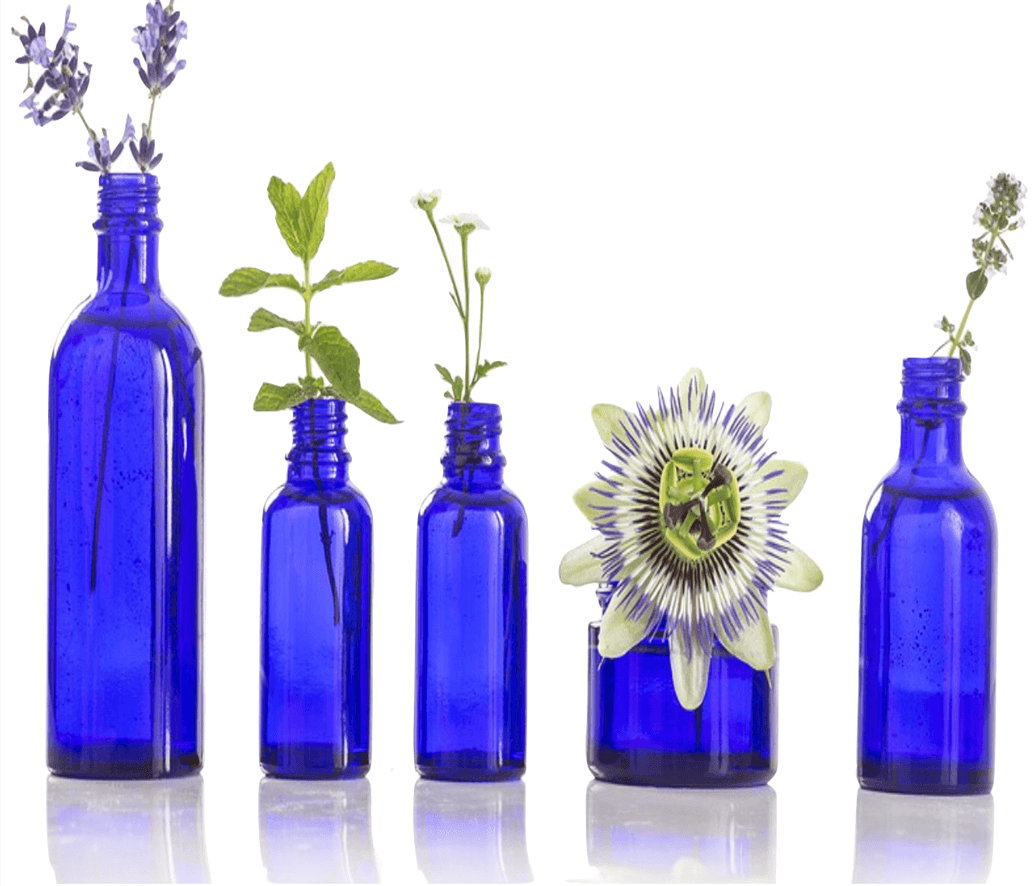 Essential Oils
Essential OilsBottom Line
I know; I was overdoing it with the number of essential oil drops I used per ounce.
But, we mid-lifers want to hold on to our youthful looks. I think I like to learn things the hard way sometimes, HA!
I may not look 25 again. However, I know I'm using them safely now and can enjoy all the benefits of my DIY skincare and healing blends.
Now that you know about the dilution chart and guidelines for blending safely, it will make a huge difference for you, too!!!
Let me know what your favorite essential oils are! Leave a comment below, and let's chat!
Here's to safe DIY healing blends!
Susie ∞
P.S. Want to set a goal? Check out this popular post with tips to improve your results:
Before you Go ~ Grab the Autoimmune Relief Bundle: 5 Simple Practices to Banish Pain, Balance the Mind, and Boost Energy as a gift for joining the Blooming Autoimmune Community. Go from being miserable with autoimmune dis-ease - to - Embrace wellness and live your best life now! Start your wellness journey today!
Disclaimer: Always check in with your instincts, higher self, and healthcare provider before starting new health practices. Understand we are not offering any medical advice. We do not attempt to diagnose, treat, or cure anything. We can't promise that any natural remedy will solve a particular health, skin, or mental issue. Any reliance on such information is strictly at your discretion.
Disclosure: Bloom Autoimmune Mentoring LLC participates in a few affiliate programs. If you click a link and make a purchase, we may receive an affiliate commission at no additional cost to you. Thank you for being supportive of small businesses.
References:
https://www.aromahead.com/
https://roberttisserand.com/
Copyright Notice ~ Disclaimer ~ Terms & Conditions

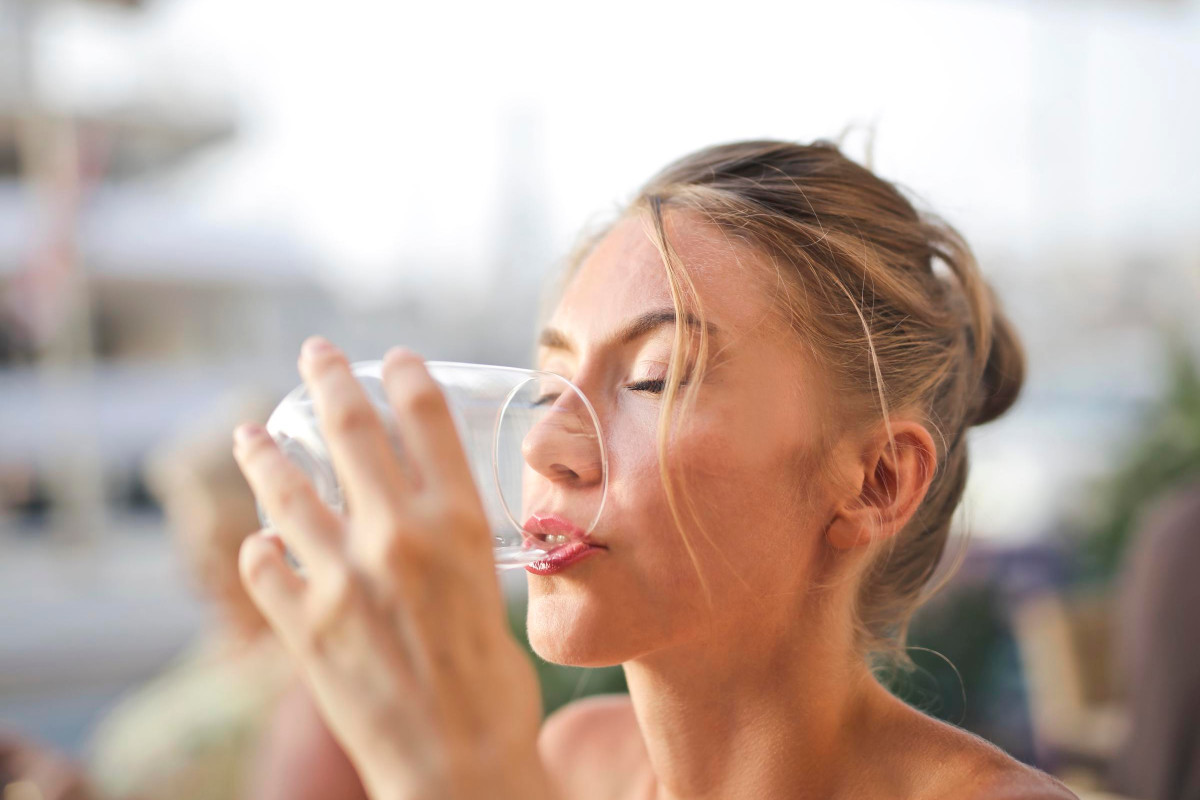
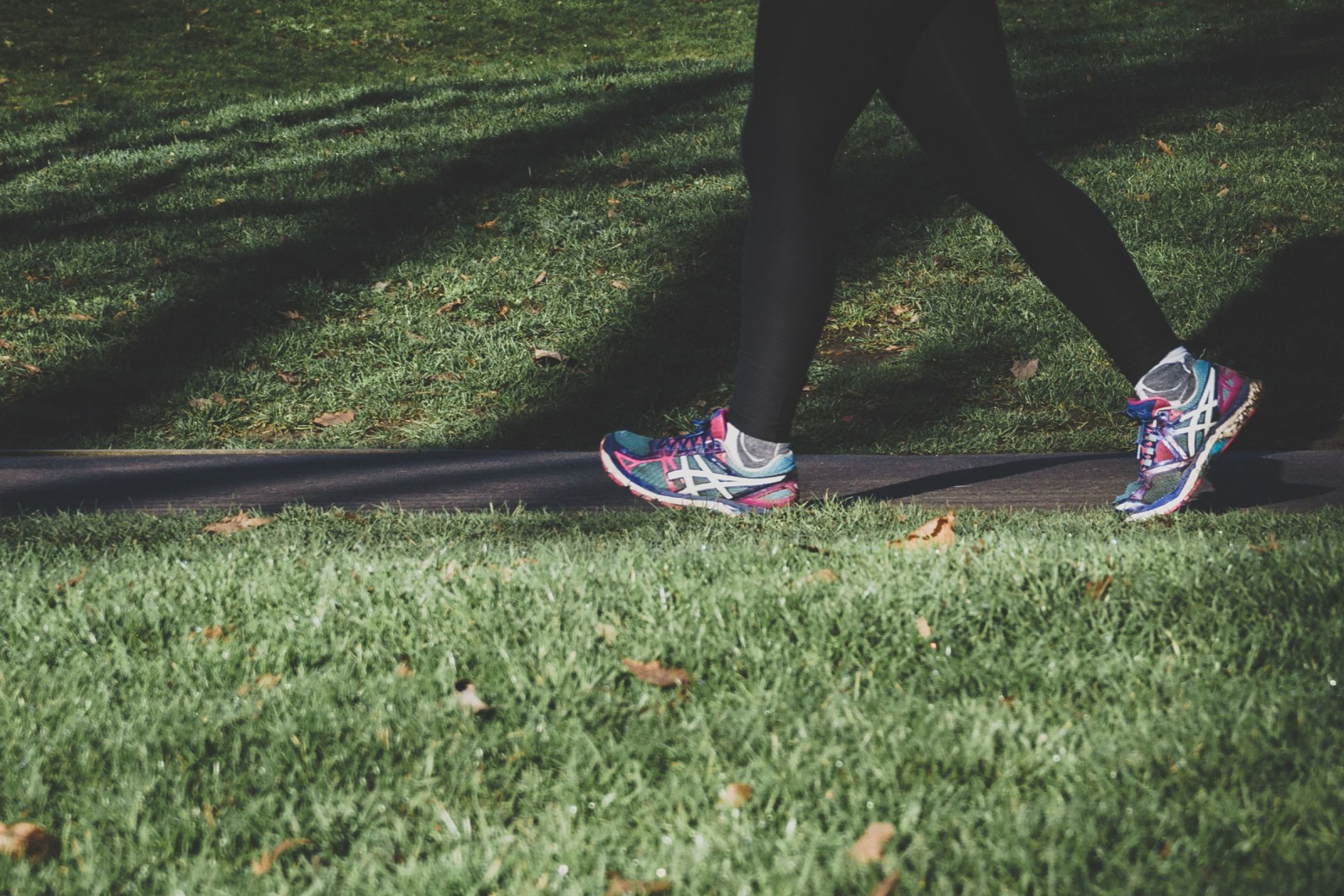
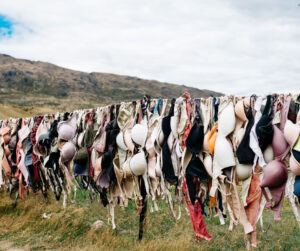
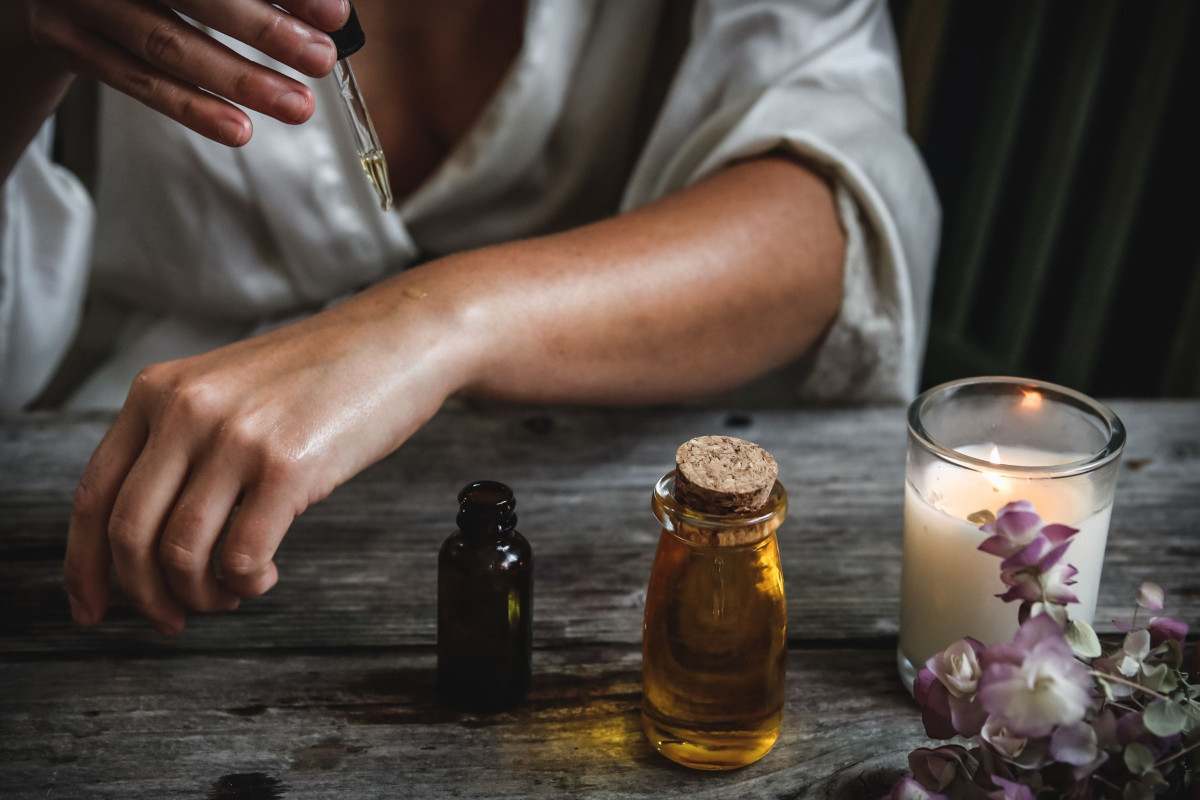
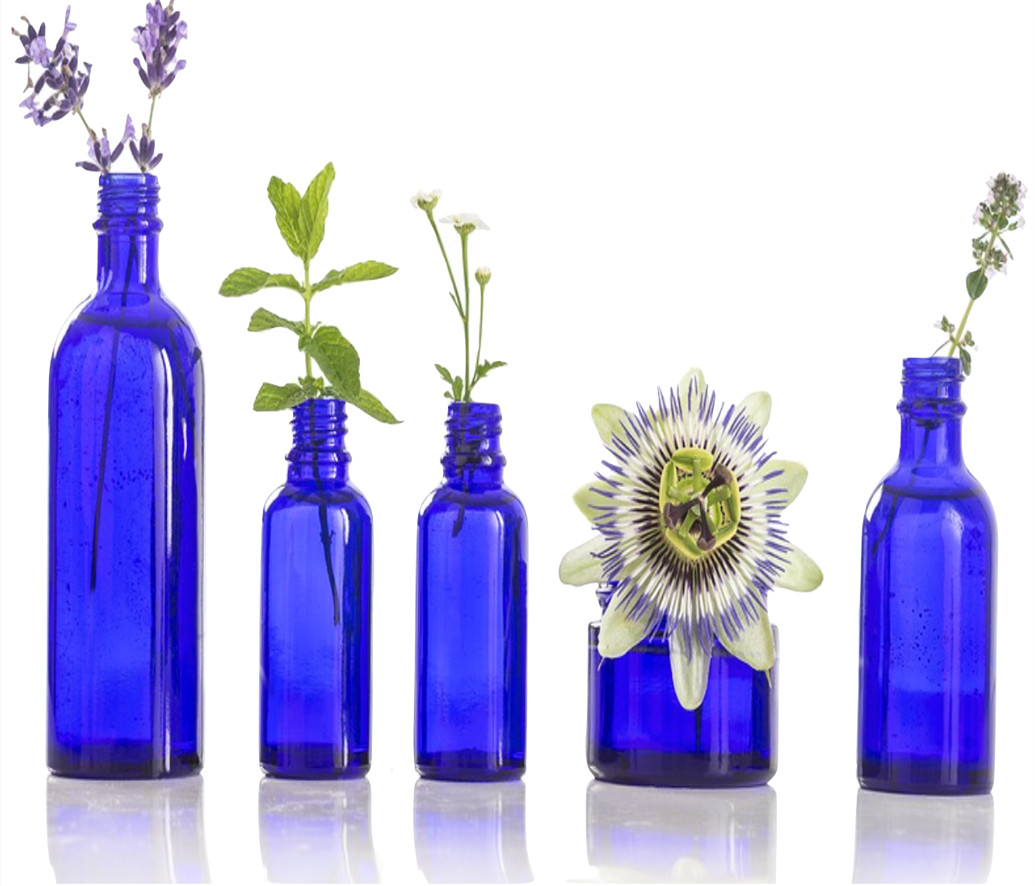
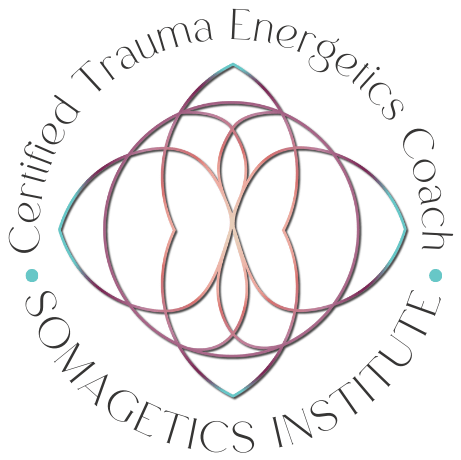








So much excellent info on here :D.
As you know, they can be quite strong so it’s better to be cautious and know what to mix and use, and how. I’ve definitely been guilty of overdoing it, too.
I’ll be using this as a reference. Thank you.